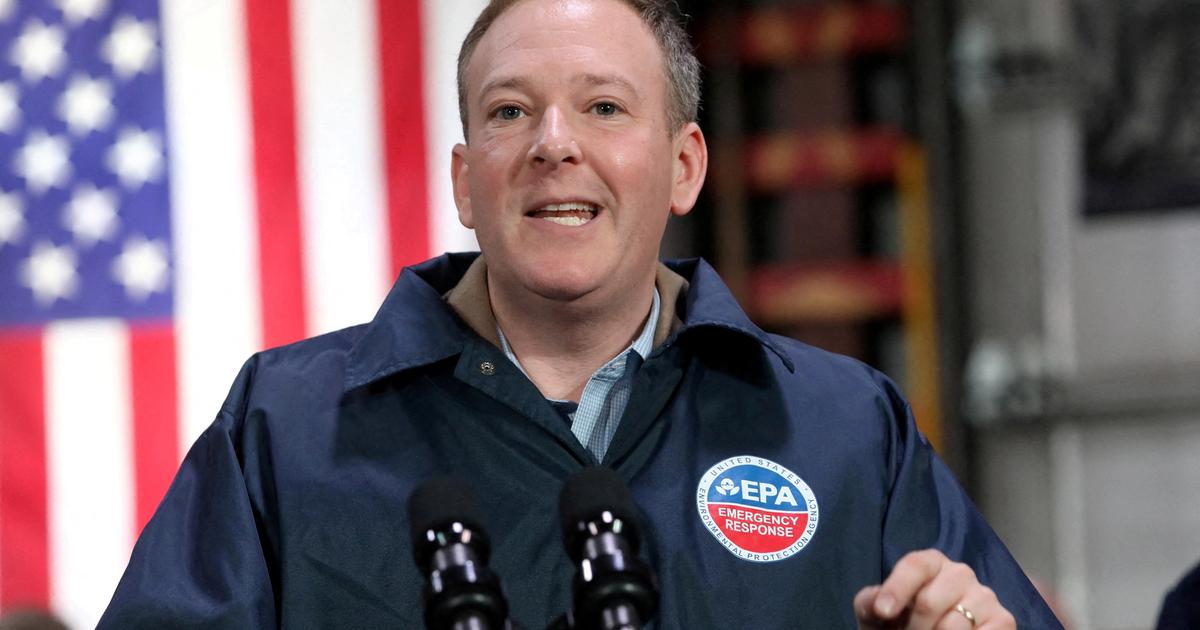Rocket Runway Cleared: FAA Green-Lights More SpaceX Falcon 9 Missions amid Starship Eco-Review

In a significant boost for SpaceX's launch capabilities, the Federal Aviation Administration (FAA) has granted approval for an expanded number of Falcon 9 rocket launches from a Florida launch pad. This development comes as the agency simultaneously considers public feedback on potential Starship launch plans at a separate location.
The decision marks a notable milestone for SpaceX, allowing the company to increase its rocket launch frequency and potentially accelerate its space exploration and commercial satellite deployment efforts. The FAA's approval reflects growing confidence in SpaceX's launch infrastructure and safety protocols.
While the Falcon 9 launch expansion moves forward, the agency is also carefully reviewing public input regarding future Starship launch operations. This collaborative approach demonstrates the FAA's commitment to balancing technological innovation with community concerns and environmental considerations.
SpaceX, led by entrepreneur Elon Musk, continues to push the boundaries of space technology, with these launch approvals representing another critical step in the company's ambitious space exploration and commercial space transportation goals.








